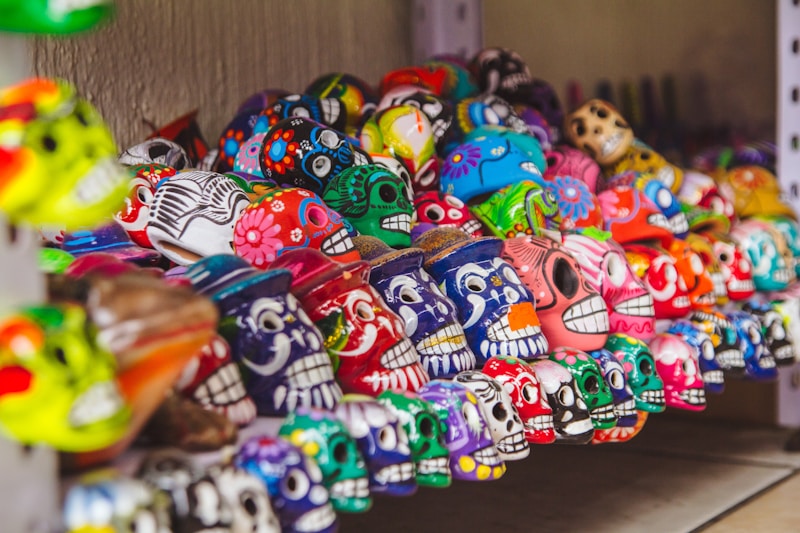Where would we be without our hands? We do so much with them.
They express our innermost feelings even when we ourselves aren’t even aware of it, the opposable thumb and index finger give us the fine motor skills that differentiate us from most of the animal kingdom (bar the monkey family). Our hands are used to stroke our children, communicate, write, shake hands in greeting, and also as weapons when curled into fists.
The hands are also important in yoga, and nowhere more important than in the practice of mudras, meaning seal, mark or gesture. Most mudras (but not all) are gestures with the hands and are specific positioning of the fingers, thumbs, and whole hands. Historically they are used in religious ceremonies and rites to symbolise different meanings.
But what are they? Can they actually benefit us, or are they just symbolic gestures used in ceremonies and rituals?
The Mudras and Prana
Mudras are not just symbolic hand gestures, they are so much more. This becomes clearer when we factor in prana – or subtle energy. The goal of the yoga postures is to prepare the body for pranayama, or control of the breath. When we practice the mudras, this is another way of influencing the dispersal of prana throughout the body.
In Mudras for Modern Life Swami Saradananda writes:
Since ancient times, Indian philosophy has taught that how the fingers move and touch each other influences the flow of prana, the life-giving energy within the body.
Mudras are so effective because they help to clear energetic blockages, which impede the flow of prana through the body. This is because the energetic pathways (called nadis) mostly either start or finish in your hands or feet. So working with your hands is a particularly effective way of cleansing these subtle channels of any impurities, and directing the prana in healthier directions.
Mudras and the Chakras
The mudras also affect the flow of prana through the chakras. The chakras are particularly important to clear because they are points where the nadis intersect with the most density. The seven main chakras are located along the spine, moving up from the root, lower abdomen, solar plexus, heart, throat, forehead and the crown of the head. But there are also other chakras, such as the ones in the hands. These are also essential as they are directly linked to the heart and transmit a flow of healing energy out from the heart centre.
For example, Anjali Mudra (or Namaskarasana), which is the joining of the palms and bringing the base of the thumbs to the base of the breastbone, aligns the hands with the heart chakra.
The Mudras and the Elements
Each finger and thumb relates to one of the five great elements.
- the thumb relates to fire
- the index finger relates to air
- the middle finger relates to ether
- the ring finger relates to earth
- the little finger relates to water
So, mudras that focus on the different fingers and thumbs have a different set of elemental, energetic and emotional benefits.
Some Important Mudras
Some mudras come up with more frequency and are perhaps more important than others. Jnana Mudra, for example, is traditionally used in Siddhasana (Sage Pose) and during pranayama. B K S Iyengar gives this clear description in Light on Yoga:
Stretch the arms out straight and rest the back of the wrists on the knees. Join the tips of the index fingers to the tips of the thumbs, keeping the other fingers extended. (This position or gesture of the hand is known as the Jnana Mudra, the symbol or seal of knowledge. The index finger symbolises the individual soul and the thumb the universal soul. The union of the two symbolises knowledge.)
Sanmukhi mudra is another important mudra, which is often used to prepare the body and mind for pranayama and meditation. San means six and mukha means mouth. Sanmukha is the name of the six-headed god of war, also known as Kartikeya. This mudra is also known as Parangmukhi Mudra (facing inwards), as the student looks within himself to find the very source of his being.
Sanmukhi mudra is when the hands are placed over the face shutting out the outside world. The ears are blocked by the thumbs, the index fingers and middle fingers rest over the eyelids and the ring fingers and little fingers control the breath. The senses are turned inwards, the sound of your own rhythmic breathing calms the mind, and there is a feeling of inner peace.
Some Non-hand Mudras
As mentioned at the beginning of the article, not all mudras are to do with hand gestures. Khechari Mudra – literally ‘roaming through space’ – is a tongue mudra, and is NOT to be tried at home. Described in the religious text Gheranda Samhita (3:25 – 28), it is described as cutting the lower tendon of the tongue and moving the tongue constantly (aided with the addition of fresh butter) and drawing it out with an iron instrument. Once achieved the practitioner will experience no hunger, thirst, fainting or laziness…we’ll pass on that one, thanks!
Maha Mudra – the great seal, is a whole-body mudra, or pose, which also encompasses the three main bandhas, Jalandhara Bandha, Uddiyana Bandha, and Mula Bandha, in order to seal prana within the body.
The Benefits of the Mudras
In order to feel the benefits of the mudras, you need to practice regularly, preferably daily, and for a decent amount of time. But if you are prepared to put in the time, regular practice can help to:
- ensure prana moves freely to keep your body and mind well-balanced and healthy
- increase flexibility and mobility of your hands, wrists, arms, and shoulders
- improve technique if you play an instrument or hand-intensive sport
- boost mental acuity and concentration
- ease symptoms of common ailments
- overcome emotional difficulties, from anger to grief
- purge your sub-conscious mind of negativity
- develop a regular meditation practice
- encourage inner peace and a sense of oneness with the universe
However, there are a couple of mudras that you can do, which will give you an immediate result, such as Bhairava Mudra. Place the left hand in the lap and rest the right hand in the palm of the left, cradling it. This mudra is for when you find yourself in a situation that you find scary, and will bring you an immediate sense of peace.












